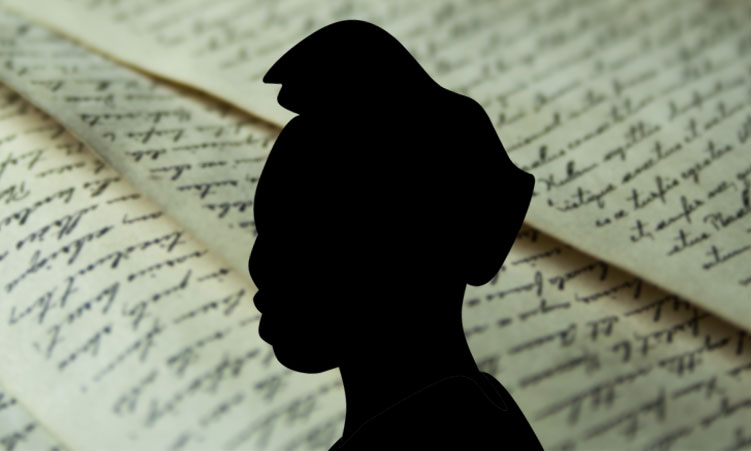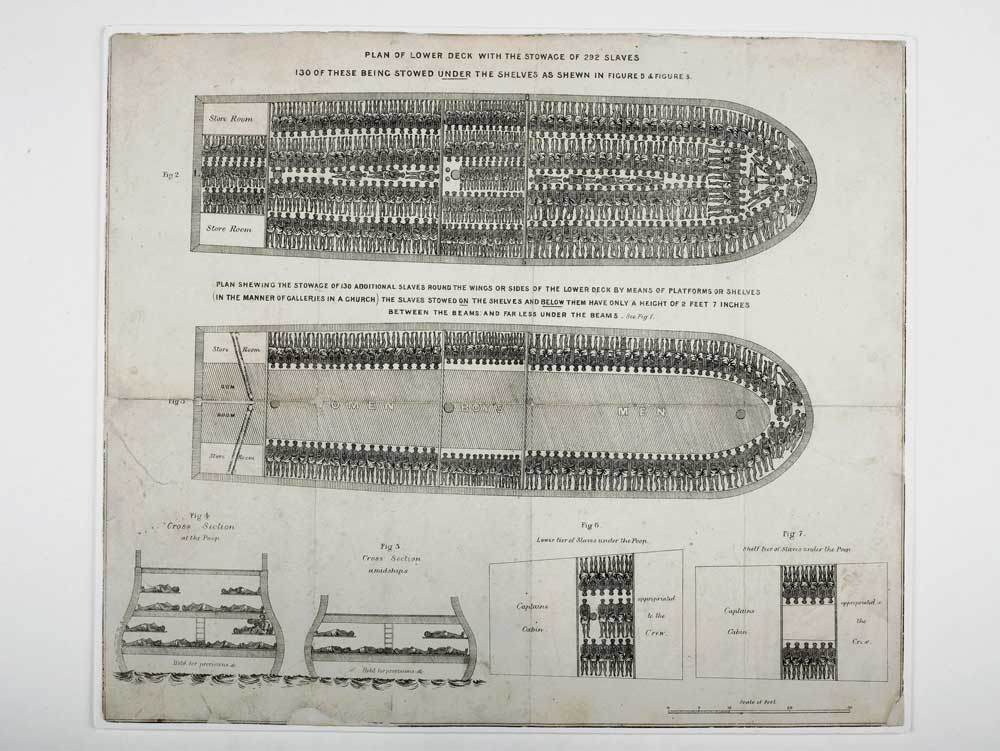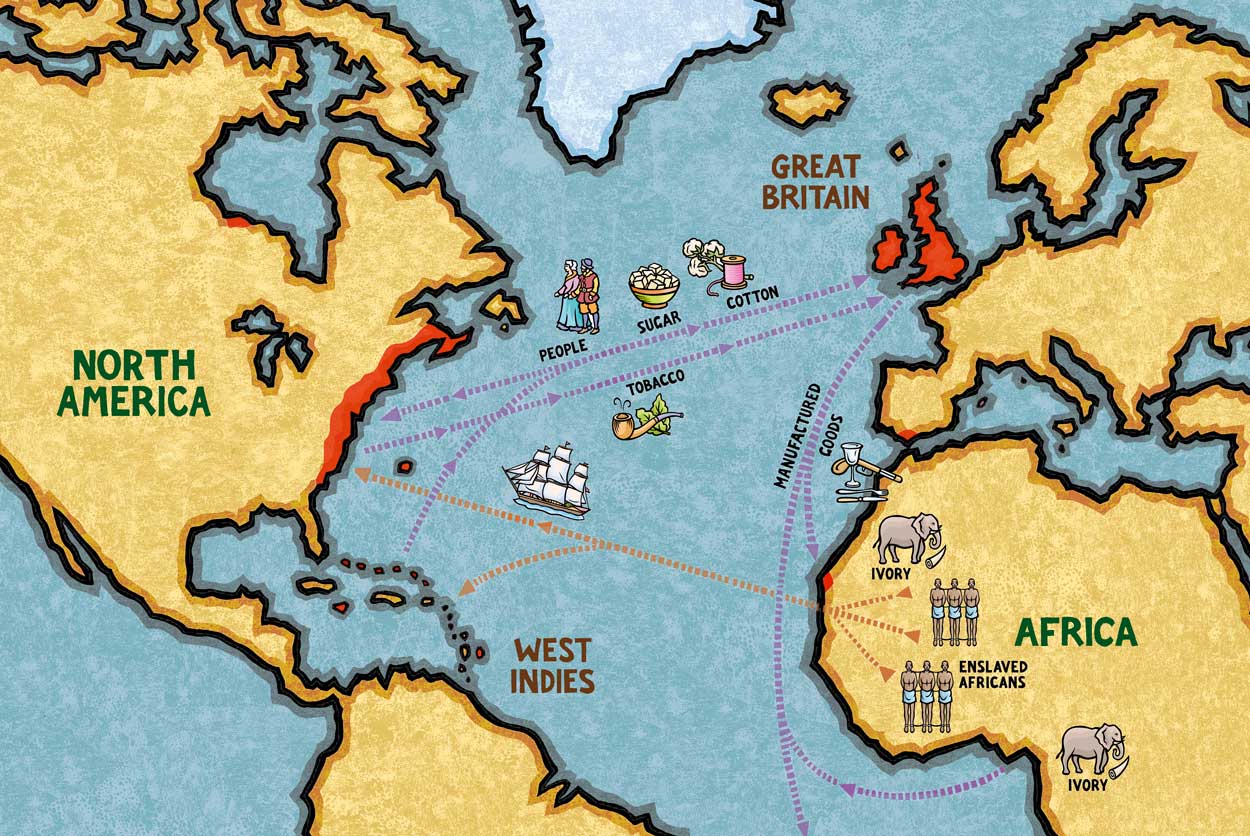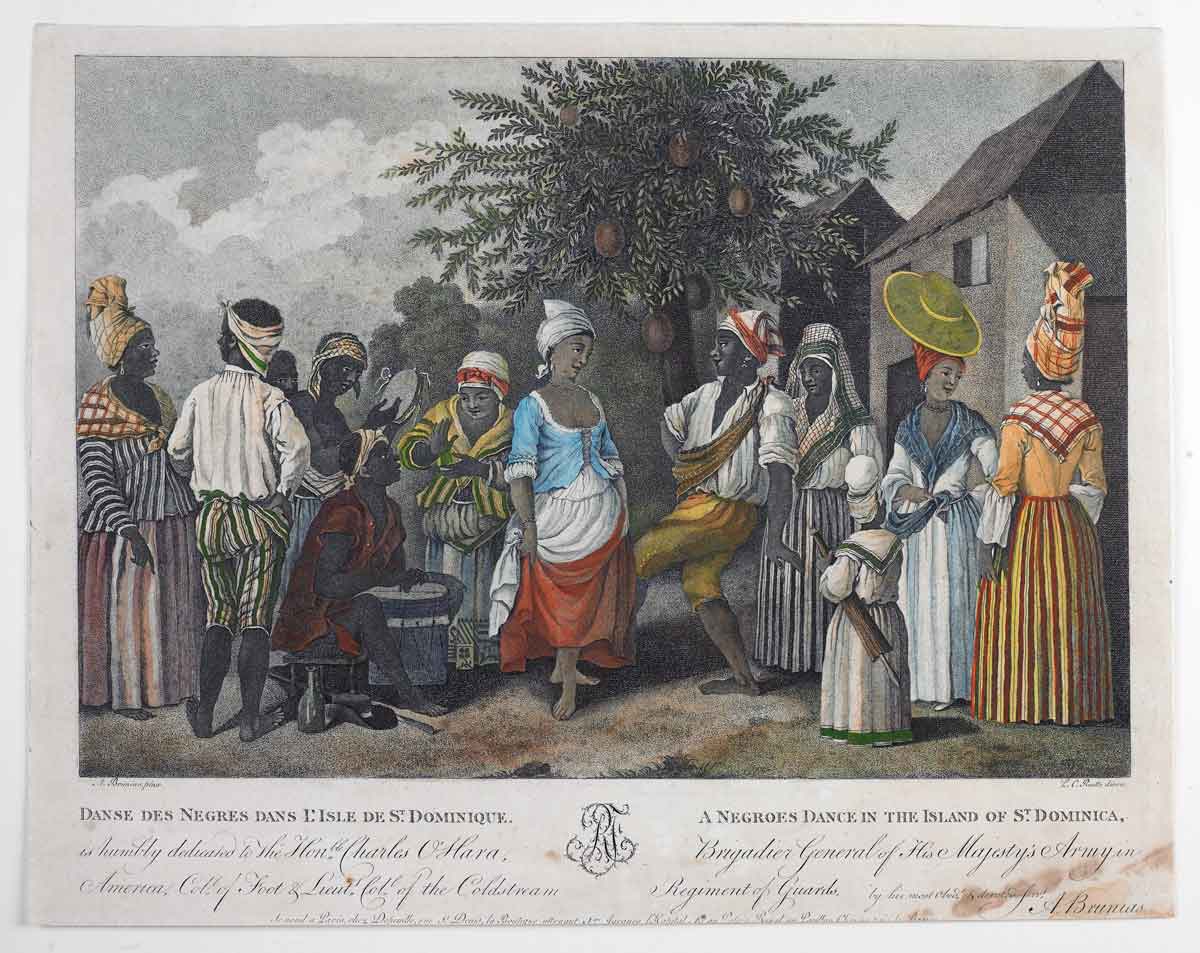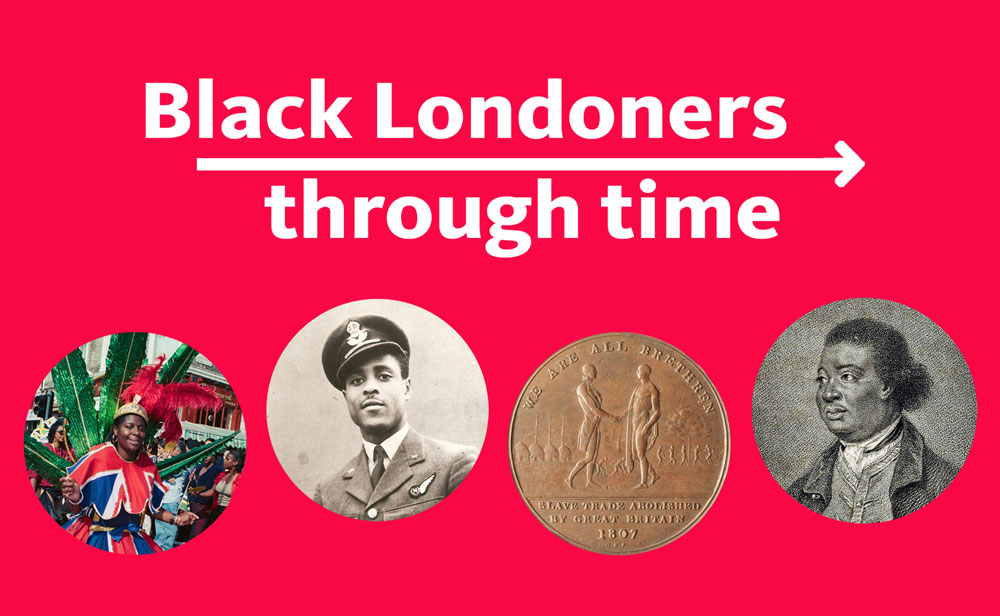|Year: 1828|
Mary Prince
Mary Prince was the first Black woman to publish her life story in English. ‘The History of Mary Prince’ tells of her experiences of being an enslaved person, and persuaded people to campaign to end slavery.
Britain was involved in the transatlantic slave trade from the late 1500s to the 1800s. It is likely that at least 12 million African people were enslaved during this time.
In this trade, ships travelled from the British ports of Liverpool, Bristol and London taking goods such as guns, cloth, iron and beer to the coast of West Africa.
There, these goods were exchanged for enslaved African people. Men, women and children were captured by slave traders, bound and packed tightly into ships. Enslaved people were treated as property, not as human beings with rights.
The slave ships travelled from West Africa to the Caribbean and the Americas. Slavers called this journey across the Atlantic Ocean 'the Middle Passage'. On arrival, the enslaved African people were sold to plantation owners and forced to work in harsh and often inhumane conditions, farming sugar and tobacco. These goods were then shipped back to Britain for sale.
A different view
Look closely at this image of people dancing on the island of St. Dominica. This illustration shows both enslaved and free Africans at a celebration and was drawn nearly 50 years before slavery ended in the Caribbean, at the height of the slave trade.
Photography had not yet been invented, so drawings and paintings were used to show people things they might not have otherwise seen. However, these illustrations weren’t always true to life. Artists could pick and choose what their work captured and the messages they would tell.
- Why do you think the artist, Brunias, chose to draw this dance?
- Why do you think it was important for people to celebrate even when their lives were hard?
The bitter taste of sweetness
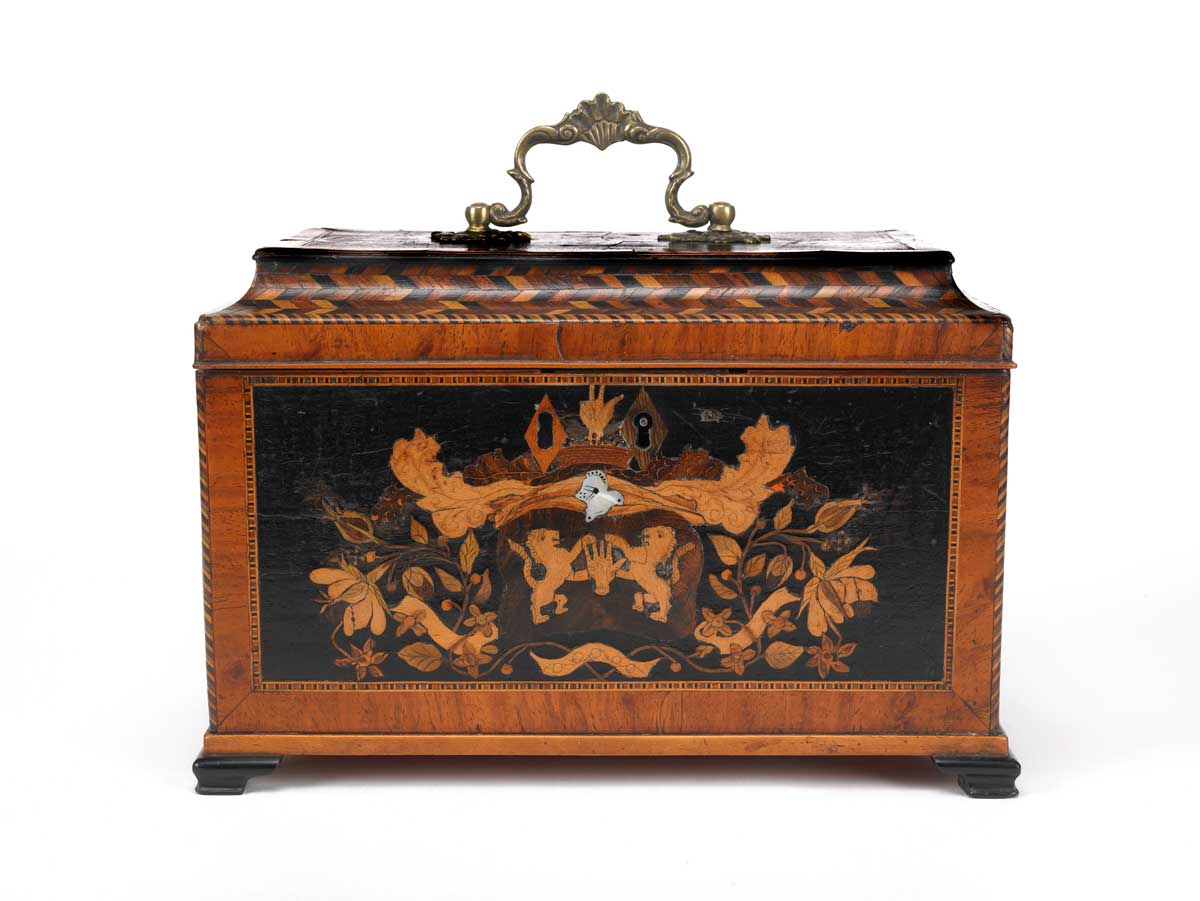
A wooden tea chest
Tea chests like this were a fashionable way of displaying and protecting tea, which was very expensive.
The growth of the British Empire meant that some people could live a life of luxury. Expensive items like china tea sets were used to serve tea and coffee sweetened with sugar from the Caribbean plantations. People were enslaved so that others could enjoy wealth.
When opinions in Britain began to change about slavery, people began to boycott – or refuse to eat – sugar to show that they did not support the slave trade.
- What would you give up to support a cause you believe in?
The History of Mary Prince
Mary Prince was born on the island of Bermuda in 1788 to an enslaved African family. She was the first Black woman to publish her life story – or autobiography – in English. ‘The History of Mary Prince’ tells the story of Mary’s experiences of being enslaved.
A difficult life
Early in her life, Mary was separated from her family and sold as if she were property. Click the triangular play button below to listen to Mary’s own words as she describes her experiences of being sold.
[AUDIO BEGINS]
We followed my mother to the marketplace, where she placed us in a row against a large house, with our backs to the wall and our arms folded across our breasts. I, as the eldest, stood first, Hannah next to me, then Dinah; and our mother stood beside, crying over us.
[00:00:22]
My heart throbbed with grief and terror so violently, that I pressed my hands quite tightly across my breast, but I could not keep it still, and it continued to leap as though it would burst out of my body.
But who cared for that? Did one of the many bystanders, who were looking at us so carelessly, think of the pain that wrung the hearts of the negro woman and her young ones? No, no!...
[00:00:56]
At length the vendue* master, who was to offer us for sale like sheep or cattle, arrived, and asked my mother which one was the eldest. She said nothing, but pointed to me. He took me by the hand, and led me out into the middle of the street, and, turning me slowly round, exposed me to the view of those who attended the vendue. [*A vendue is a public auction.]
[00:01:23]
I was soon surrounded by strange men, who examined and handled me in the same manner that a butcher would a calf or a lamb he was about to purchase, and who talked about my shape and size in like words—as if I could no more understand their meaning than the dumb beasts.
[00:01:45]
I was then put up for sale. The bidding commenced at a few pounds, and gradually rose to fifty-seven, when I was knocked down to the highest bidder; and the people who stood by said that I had fetched a great sum for so young a slave.
[AUDIO ENDS]
Most of the enslaved people in Bermuda worked in salt ponds. Salt was very important as it was used to preserve meat and fish before refrigerators or freezers were invented.
A typical day working the salt ponds, as described by Mary Prince:
[AUDIO BEGINS]
My new master was one of the owners or holders of the salt ponds. I was given a half barrel and a shovel, and had to stand up to my knees in the water, from four o'clock in the morning till nine, when we were given some Indian corn boiled in water, which we were obliged to swallow as fast as we could for fear the rain should come on and melt the salt.
[00:00:26]
We were then called again to our tasks, and worked through the heat of the day; the sun flaming upon our heads like fire, and raising salt blisters in those parts which were not completely covered.
Our feet and legs, from standing in the salt water for so many hours, soon became full of dreadful boils.
[00:00:53]
We came home at twelve; ate our corn soup as fast as we could, and went back to our employment till dark at night. We then shovelled up the salt in large heaps, and went down to the sea, where we washed the pickle from our limbs, and cleaned the barrows and shovels from the salt.
[00:01:14]
When we returned to the house, our master gave us each our allowance of raw Indian corn, which we pounded in a mortar and boiled in water for our suppers.
[AUDIO ENDS]
The journey to freedom
Along with the work of other African writers and activists, Mary’s book persuaded more and more people to campaign to end slavery.
In 1807, the British government passed the Abolition of the Slave Trade Act. This made it illegal for people to ‘buy’ and ‘sell’ enslaved people. But slavery was still happening in other parts of the empire. For instance, when Mary came to London in 1828, many people were still working in enslavement in the Caribbean.
Mary not only published her book to fight slavery but she also wrote a letter to Parliament, asking them to free all enslaved people in the Caribbean. By doing this, she was the first woman in Britain to petition Parliament.
Mary gives powerful reasons why she felt it was important to publish her book:
[AUDIO BEGINS]
I am often much vexed, and I feel a great sorrow when I hear some people in this country say, that slaves do not need better usage, and do not want to be free. All slaves want to be free – to be free is very sweet. I will say the truth to English people who may read this history.
[00:00:28]
I have been a slave myself – I know what a slave feel – I can tell by myself what other slaves feel, and by what they have told me. The man that says slaves be quite happy in slavery – that they don't want to be free— that man is either ignorant or a lying person. I never heard a slave say so. I never heard a Buckra man say so, till I heard tell of it in England.
[00:01:04]
Such people ought to be ashamed of themselves. We don't mind hard work, if we have proper treatment, and proper wages like English servants, and proper time given in the week to keep us from breaking the Sabbath. But they won't give it: they will have work-work-work, night and day, sick or well, till we are quite done up; and we must not speak up nor look amiss, however much we be abused. And then when we are quite done up, who cares for us, more than for a lame horse?
[00:01:44]
This is slavery. I tell it, to let English people know the truth; and I hope they will never leave off to pray God, and call loud to the great King of England, till all the poor Blacks be given free, and slavery done up for evermore.
Over the years, many people have spoken out in Britain for changes to bring about racial equality and fair treatment.
- Can you name any people or movements who have made their voices heard in this way?
Black Londoners through time
Keep on discovering London’s Black history from the Roman era to the present day in our timeline.









